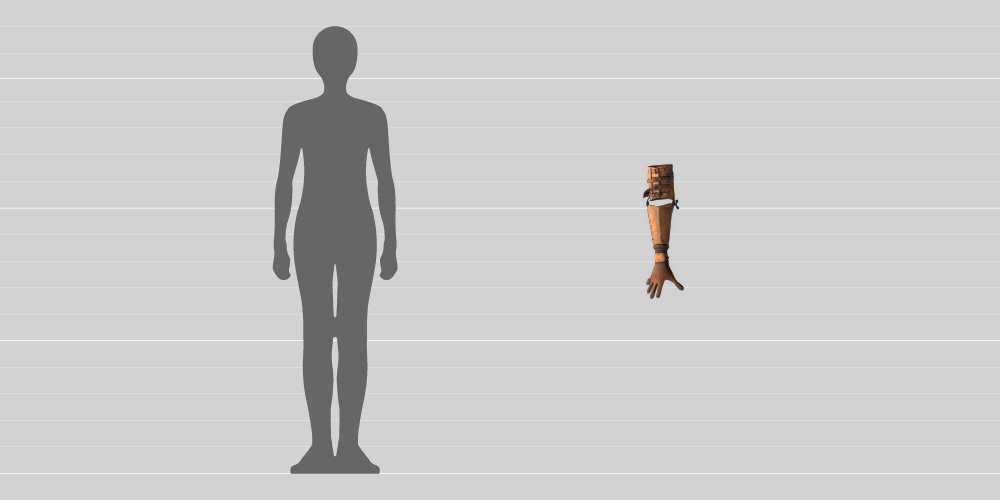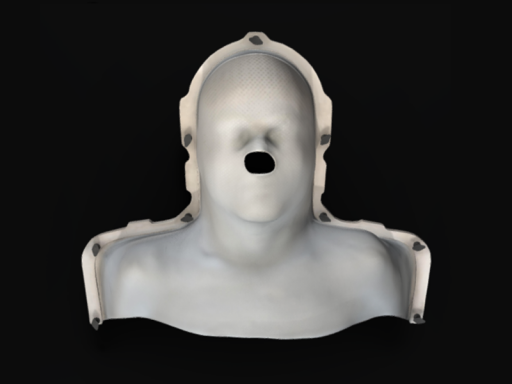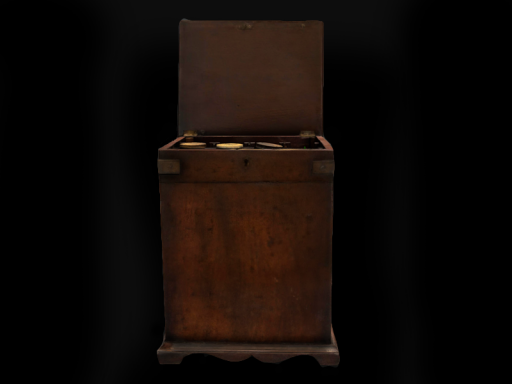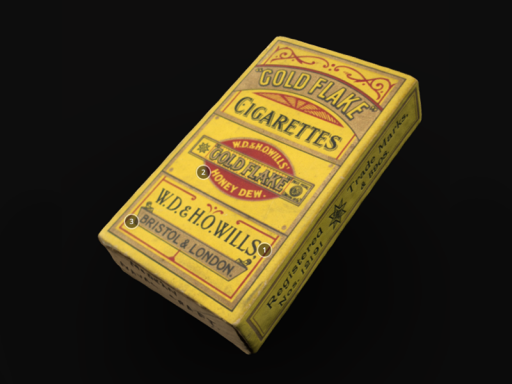
Curriculum links
About this object
This prosthetic (artificial replacement) arm was made in 1904 for a professional pianist – a woman called Elizabeth Burton, who developed an infection in her arm after a fishbone became stuck under her thumbnail. At the time there were no antibiotics, so the infection quickly spread and surgeons had to amputate her arm at the elbow. The prosthetic arm made for Burton had padded fingers and a wide span, features that enabled her to keep playing the piano so she could still make a living for her family. The arm worked so well that she used it to perform a concert at the Royal Albert Hall in 1906.
Prosthetics today
Today, 3D printing and the development of lighter, stronger and more flexible materials have made prosthetic limbs much better suited and more useful to their wearers. ‘Bionic’ prosthetics are also becoming available – these have a sense of touch and can be controlled by the patient’s own muscles.
Learn more about this object on the Science Museum Group Collection website.
Discussion questions
- If you were designing your own artificial limb, what special skills would you want it to perform and how would you make it fit for purpose?
- Would you voluntarily replace your legs with bionic limbs if they made you run as fast as an Olympic sprinter?
- If a person’s whole body was replaced by prosthetics, so that only their brain remained, would they be the same person?



